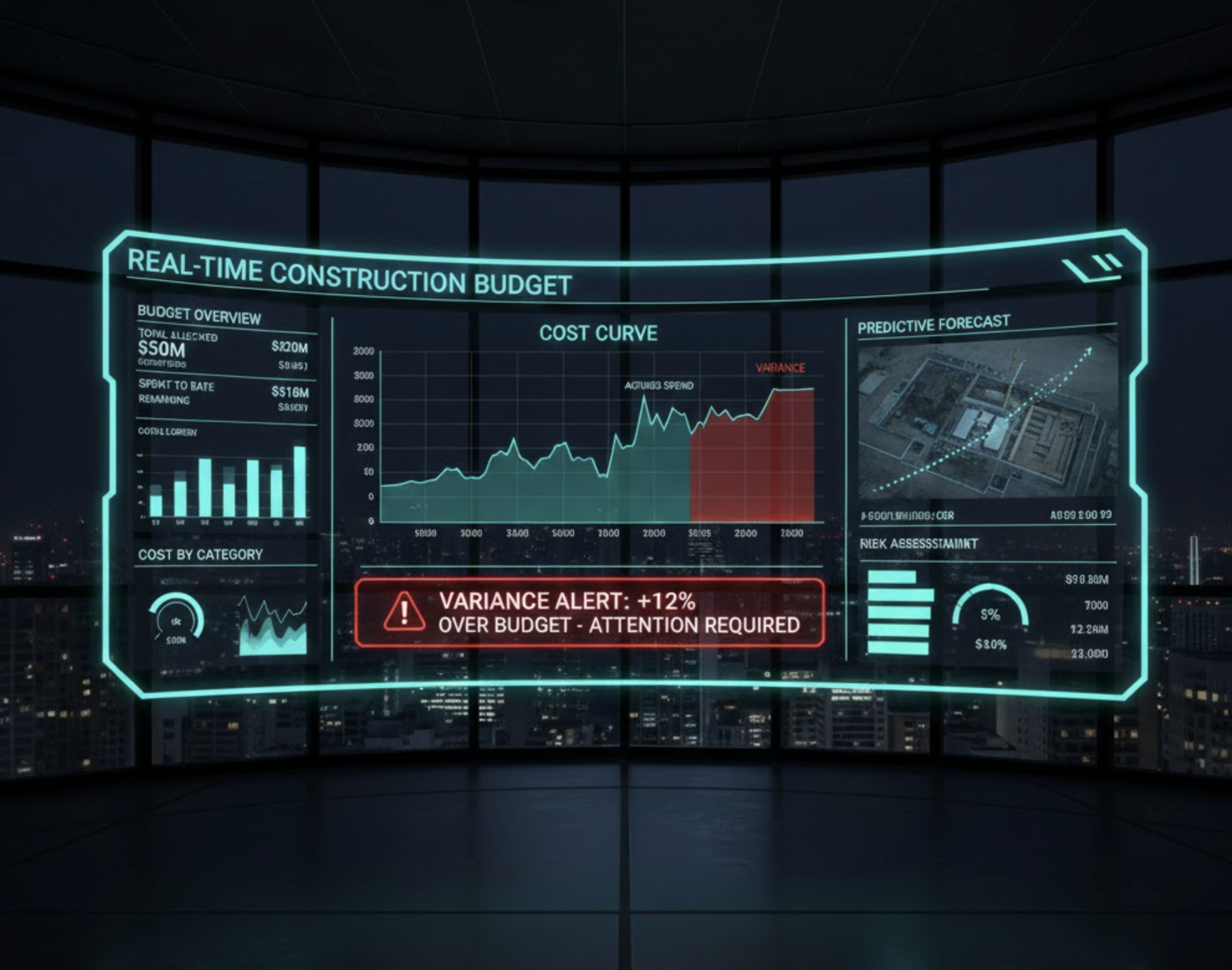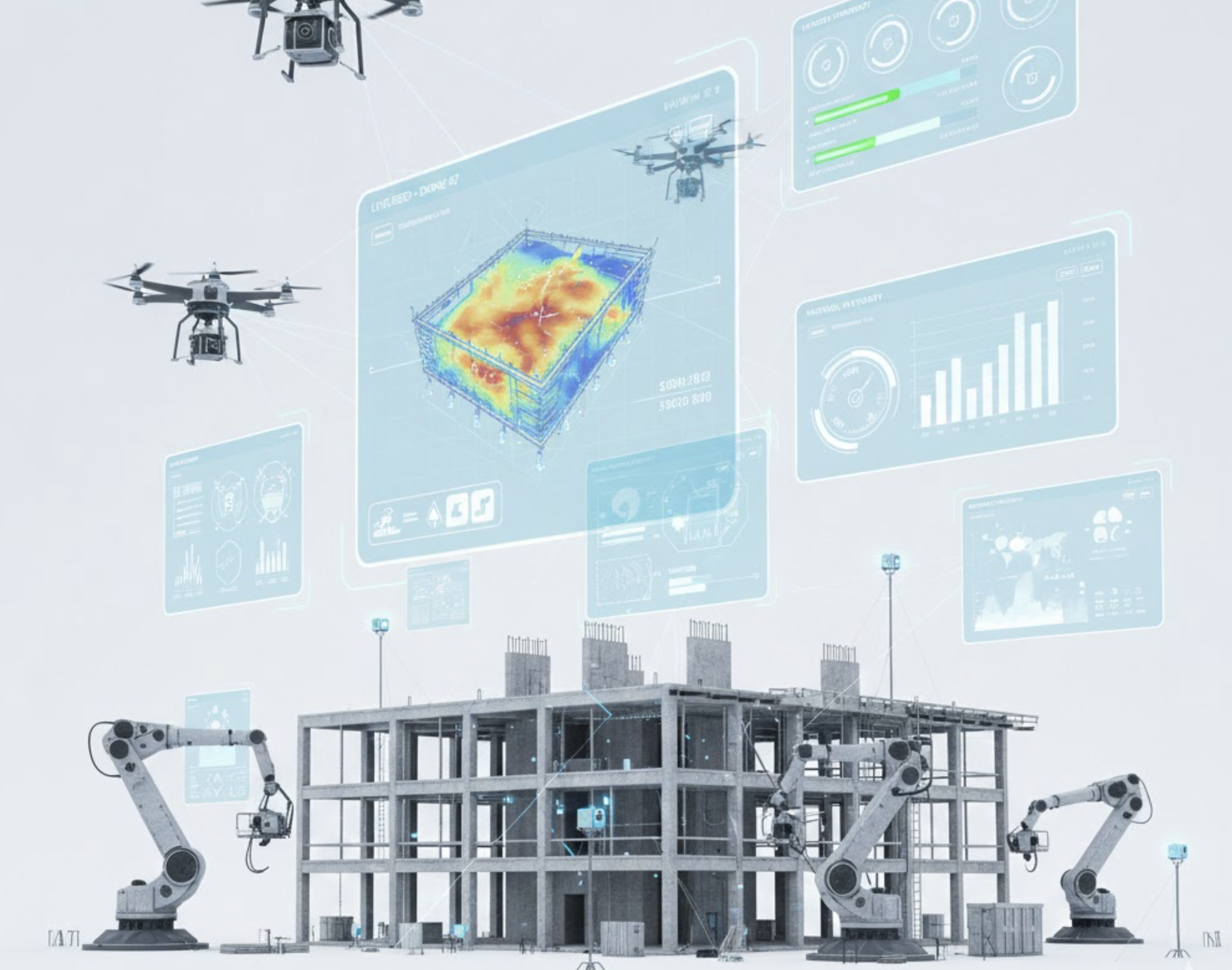Labor Management at Scale: Simplifying Attendance & Safety Logs
Managing labor effectively is fundamental for enhancing productivity, especially in construction projects where efficiency and compliance are crucial. Labor management systems aim to optimize workforce productivity by balancing supply and demand, achieving real-time visibility into scheduled shifts and time off, and monitoring employee performance during crucial operations. In this post, we will delve into the aspects of simplifying attendance and safety logs, discussing how these systems streamline operations, enhance safety, and ultimately lead to labor cost reduction.
Workforce Optimization through Effective Labor Management
To stand out in the competitive landscape, organizations must employ comprehensive construction project management software that optimizes workforce management. This involves the verification of employee attendance through automated systems, providing crucial data that can significantly influence overall project outcomes. With the increasing complexity of construction projects, labor management systems deploy advanced technologies to help organizations manage their teams effectively, ensuring no talent goes underutilized.
Attendance and Time Tracking
Accurate attendance and time tracking remains at the core of effective labor management, impacting payroll calculations and compliance with labor regulations. Systems like HighJump and Generix Group offer robust features for tracking employees clocking in and out, assessing tardiness along with absences. Automating this process not only minimizes manual errors but also establishes a reliable framework for monitoring productivity. With the use of construction financial management tools, organizations can further integrate this data into their payroll systems to guarantee accurate payments, including performance-based incentives.
Simplifying Attendance Logs
As organizations strive for increased efficiency, automated time tracking becomes a pivotal component. Labor management systems facilitate this automation process by recording daily activities such as clock-in and clock-out times seamlessly. With real-time monitoring, managers can gain instant visibility into employee attendance, allowing them to make necessary staffing adjustments proactively to maintain an efficient operation.
Integrating attendance logs with project financials ensures that labor costs are in line with budgets. Recognizing that information should be a bridge rather than a barrier, emerging platforms such as Zepth’s Project Financials provide comprehensive solutions that equip organizations with accurate project insights and help optimize workforce allocations based on accurate attendance logs.
Enhancing Safety Logs
Beyond attendance tracking, labor management systems must also prioritize safety compliance. Incorporating safety metrics into labor performance systems can foster an environment where employees are recognized and rewarded for maintaining high safety standards. This not only serves to motivate staff but can also reduce the likelihood of accidents on site.
By leveraging data-driven insights, organizations can undertake a proactive approach in identifying potential safety risks and areas needing improvement. Continuous performance tracking enhances operational efficiency while also ensuring compliance with industry regulations. Systems like Takt’s Labor Management System focus on continuous improvement by enabling organizations to retain high performers while enhancing workplace safety.
Use Cases and Best Practices
Labor management systems shine particularly in environments like warehouses, where optimizing workforce productivity is imperative. By implementing best practices such as data-driven decision-making and incentivization programs, organizations can significantly improve employee motivation and retention.
Furthermore, performance-based incentives can further bridge gaps in workforce productivity. Employees who understand their contributions toward safety and quality metrics are more likely to exceed targets. This approach also enables continuous assessment and enhancement of staffing needs across projects—an essential element for successful project execution.
Emerging Innovations in Labor Management
The construction industry is not one to shy away from innovation; thus, gamification in labor management is emerging as a captivating trend. Mobile dashboards provide a means for continuous engagement by offering real-time performance feedback and opportunities for recognition, which is vital for maintaining high levels of employee satisfaction. Simulation-related tools that analyze varying scenarios bring immense benefits as they can facilitate more informed labor allocation strategies, decreasing inefficiencies in the workspace.
How Zepth Can Help
At Zepth, we understand how the principles of effective labor management can enhance construction project management outcomes. Our construction document management solutions provide necessary tools for integrating labor management strategies into construction projects. This integration streamlines task management through features such as automated attendance tracking and safety protocols.
Zepth’s expertise in data analytics serves to bolster labor efficiency, safety, and performance metrics while promoting compliance-driven strategies in the construction realm. Utilizing tools like our Document Management system ensures teams work from a unified source of truth, minimizing communication lags and hazy documentations.
Conclusion
Maintaining effective labor management in construction through simplified attendance and safety logs is indispensable for ensuring productivity, safety, and compliance. By embracing technology and integrating systems like Zepth’s, organizations can optimize their workforce while significantly reducing labor-related liabilities. Implementing best practices along with data-driven strategies stands to enhance overall project efficiency, yielding a favorable return on investment. As labor management continues to evolve, particularly within technologically-infused environments, the potential for substantial gains in productivity and safety remains ever-present.




